The rise of Airbnb and similar short-term rental (STR) platforms has sparked a significant debate over their impact on housing affordability. Urban centers worldwide face escalating rental prices and a shrinking pool of affordable housing. Consequently, these platforms face increasing scrutiny for their role in this crisis.
Is Airbnb Reducing Long-Term Housing?

Critics argue that Airbnb’s business model, which turns residential properties into lucrative short-term rentals, reduces available long-term housing and drives up rent prices.
Housing Affordability Is More Complex
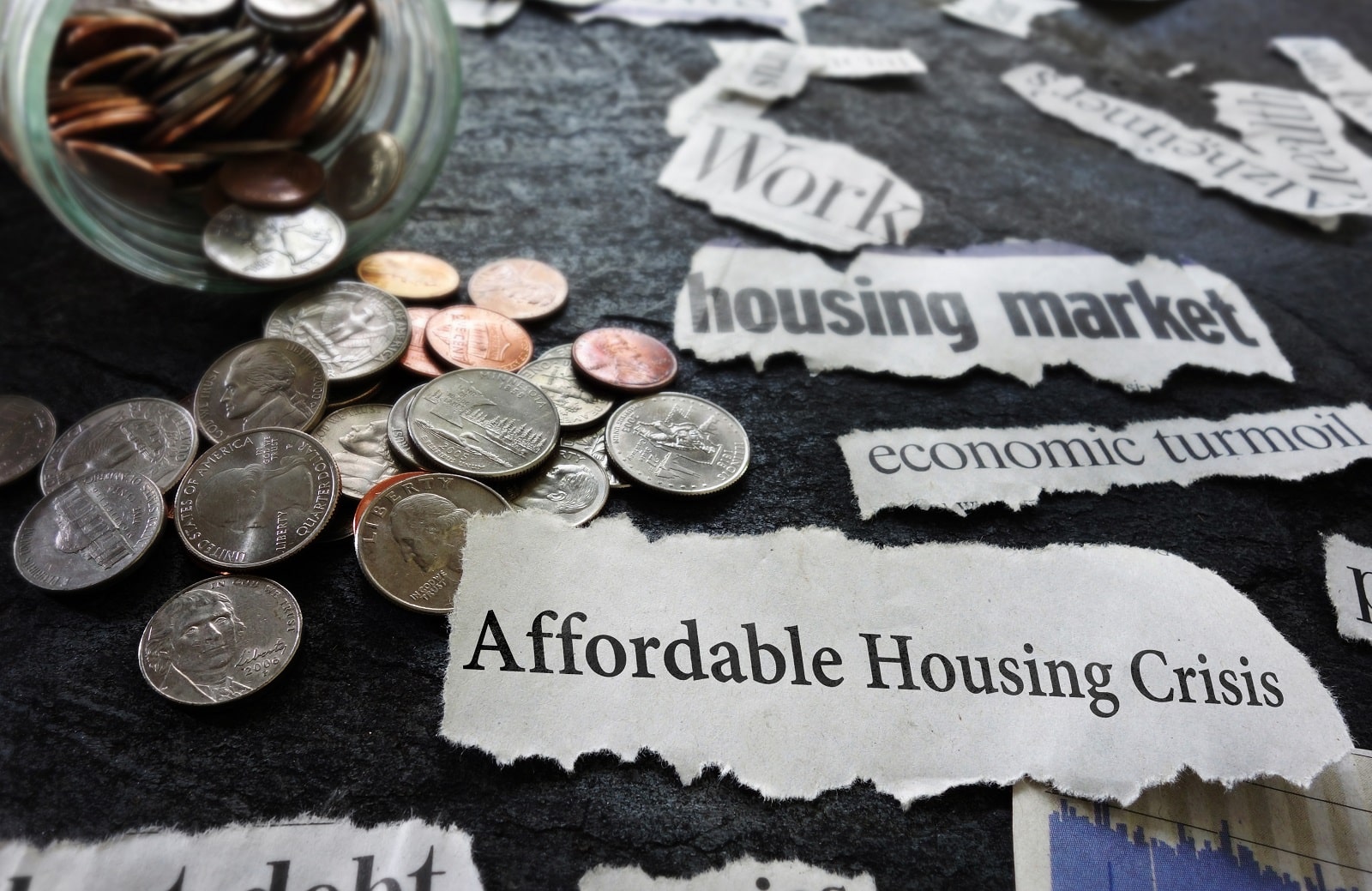
In contrast, analyses suggest that housing affordability is more complex and intertwined with government policies, market dynamics, and broader economic trends.
Understanding all of these contributors becomes crucial to addressing the problem amid these escalating challenges. It calls for thoughtful solutions that go beyond supply-and-demand economics.
Airbnb Has Undoubtedly Reshaped Property Markets

The expansion of Airbnb and similar STR platforms has notably reshaped property markets. In many cities, the surge in short-term rentals correlates with increased housing costs and dwindling affordable options.
Using Regulation to Curb the Problem

A recent report from the American Enterprise Institute (AEI) highlights that many cities nationwide have placed restrictions on STRs.
These regulatory interventions often resonate positively with locals’ concerns about soaring housing costs, unions, and progressive media outlets. However, the review calls out governments for merely using STRs as a scapegoat to distract from their own policy failures.
Short-term Rentals Numbers Ballooning

Opinions on this matter are far from unanimous. British Columbia’s Premier David Eby recently introduced legislation to rein in short-term rentals and deliver more homes for people. “Anyone who’s looking for an affordable place to live knows how hard it is, and short-term rentals are making it even more challenging. The number of short-term rentals in B.C. has ballooned in recent years, removing thousands of long-term homes from the market.”
But There Are Other Factors At Play

The AEI analysis suggests that the number of properties converted to STRs represents only a minor fraction of the total housing market. It indicates that other factors may substantially drive up housing costs. Specifically, government-induced distortions are the real reasons behind affordability issues.
Driving Hotel Room Scarcity and Cost Escalation

Policies have resulted in limited hotel room availability, along with zoning and land use regulations that contribute to both scarcity and increased costs. Additionally, factors such as low-interest rates, which stimulate demand, have been absorbed into the market, leading to further escalation of prices.
A Longstanding Issues: Supply, Demand, and Wages

The challenge of housing affordability is a longstanding issue, with its roots extending far beyond the advent of Airbnb. This complex problem has been shaped by various factors over decades, with recent trends further highlighting the quantitative extent of the crisis.
The Fed Reserve’s Insight
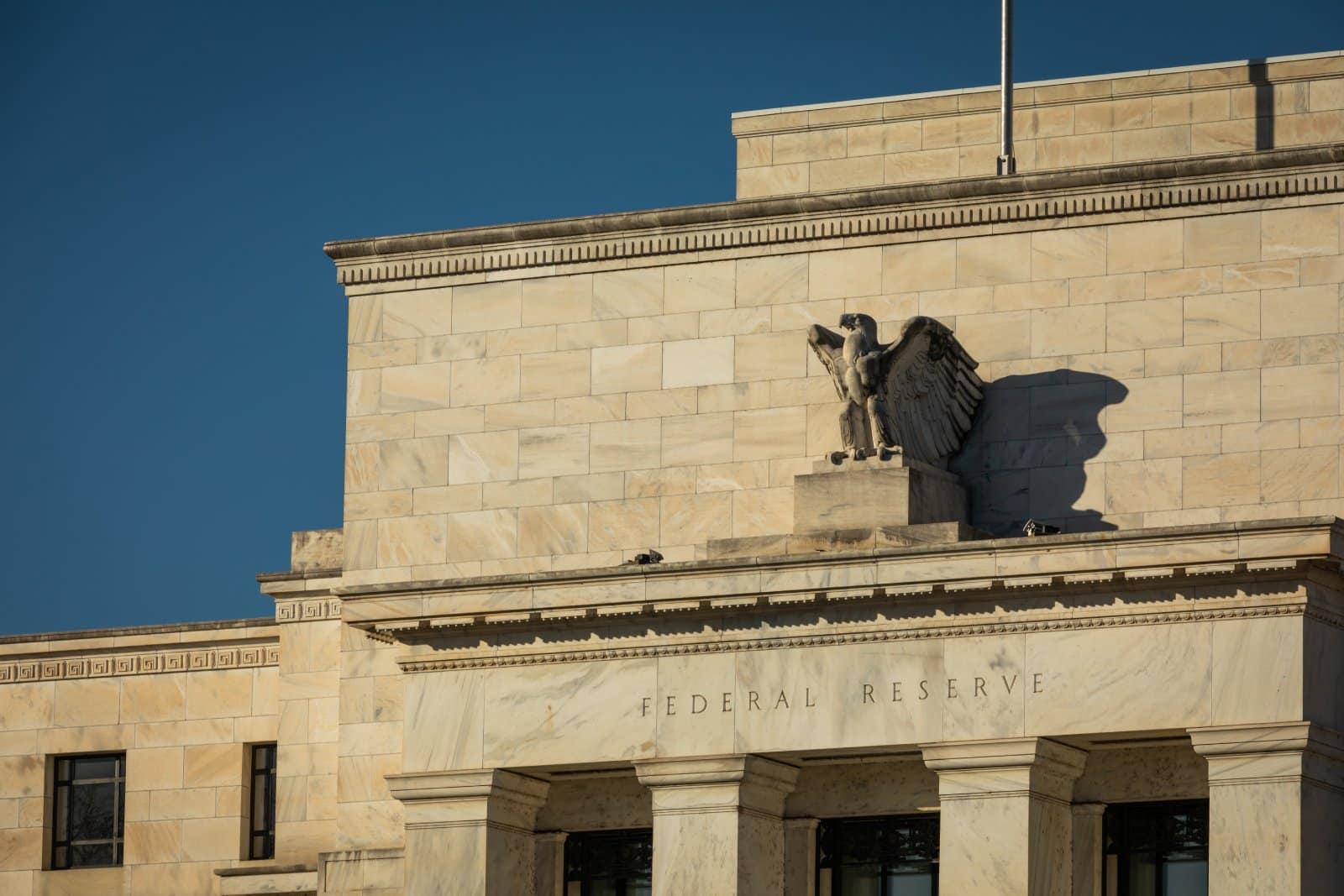
Data from the Federal Reserve sheds light on the severity of this issue. In the past six years, the U.S. housing market has experienced a dramatic reduction in active housing listings and a significant surge in median home sale prices.
Plummeting Listings and Rising Prices

Listings have plummeted by nearly 50%, dropping from around 1.5 million in 2016 to less than 700,000 by the end of 2022. Concurrently, the median house price has witnessed an almost 55% escalation, soaring from $311,000 to a peak of $480,000. This increase represents an average yearly rise of 9%. Starkly outpacing the modest 5% annual growth in the preceding two decades.
Outpacing Wage Growth

This rapid increase in housing prices is even more striking when compared to wage growth. Over the last 25 years, wage growth has averaged around 3.7%, as per Federal Reserve data. This discrepancy between housing price escalation and wage increases underscores the growing affordability challenge for the average American.
Historical Trends Prior to Airbnb

These historical trends in the housing market emphasize the depth and complexity of the affordability crisis. While STR platforms may contribute to this issue, the fundamental problem of housing affordability is rooted in broader economic and market changes over time.
Government Intervention and Distortions

The AEI report alleges government regulations in major urban areas have significantly influenced the housing market, often leading to unexpected outcomes.
Government Policies Have Driven STR Demand

Stringent policies, such as the prohibition of youth hostels and strict rules for hotel development, have created a shortage of hotel rooms. This scarcity has inadvertently boosted the demand for STRs.
Limited Hotel Room Availability = Increased STR Demand

In New York City, restrictive policies and influences from groups like the Hotel Trades Council have decreased hotel room availability and increased reliance on STRs as alternative accommodations.
STRs a Feasible Option

In Hawaii, the scarcity of hotel rooms has rendered STRs a more feasible option than traditional long-term rentals. Data indicates that many STRs are sporadically booked and primarily serve as owner-occupied residences.
Government Decisions Causing Market Imbalance

These instances reflect a broader pattern of governmental decisions causing market imbalances. Zoning and land use regulations have significantly contributed to making housing unaffordable.
California’s Golden Price-to-Income Ratio
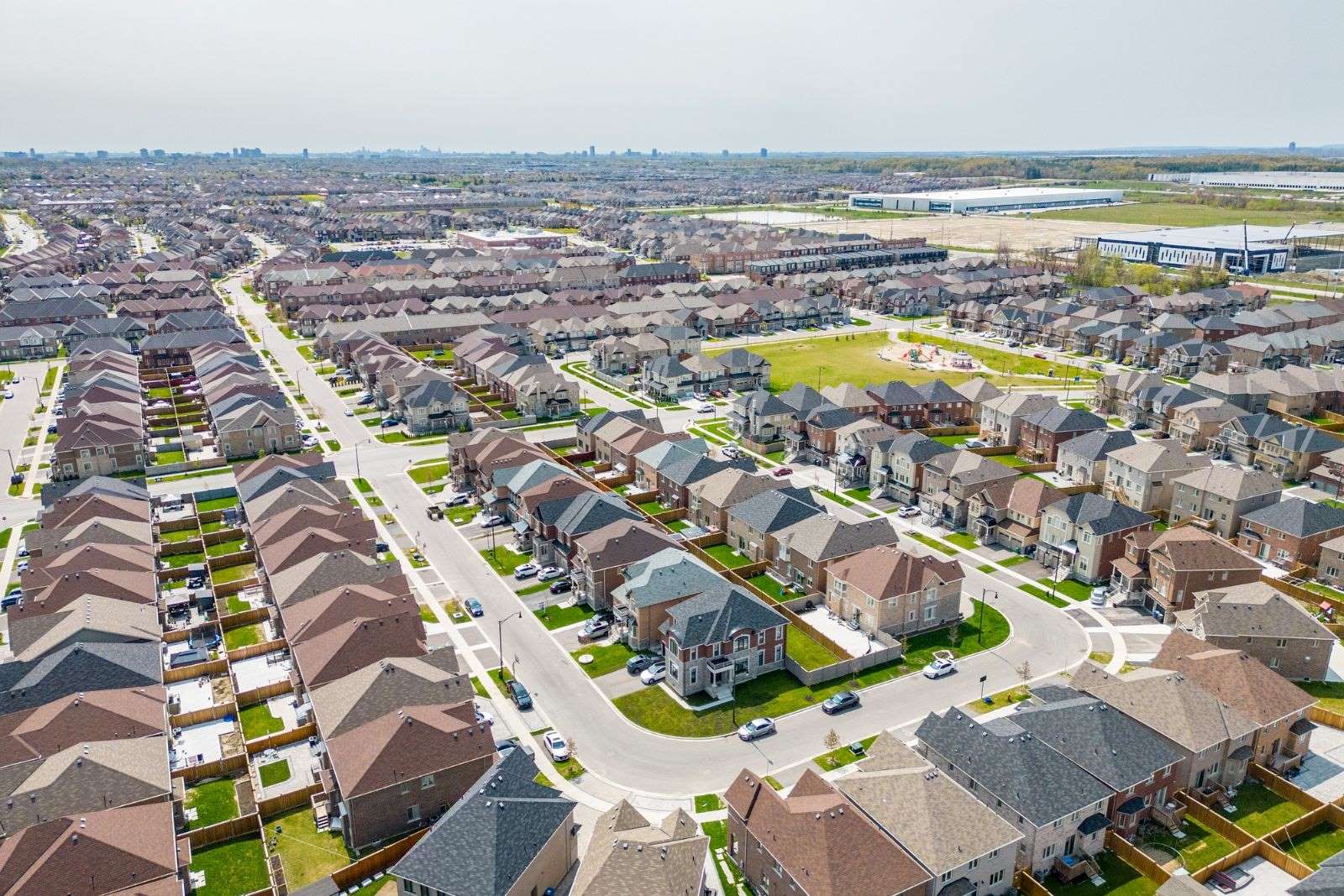
In California, for example, the price-to-income ratio for housing has consistently been well above the national average for years.
Airbnb’s Impact Is Modest

Despite the spotlight on STRs in the housing affordability debate, their actual effect on housing costs appears to be modest, with estimates suggesting an impact of about 3 to 5%.
The fundamental issue is rooted in supply-side limitations, where policies that restrict land use and favor single-family homes have intensified housing scarcity.
Building Not Banning
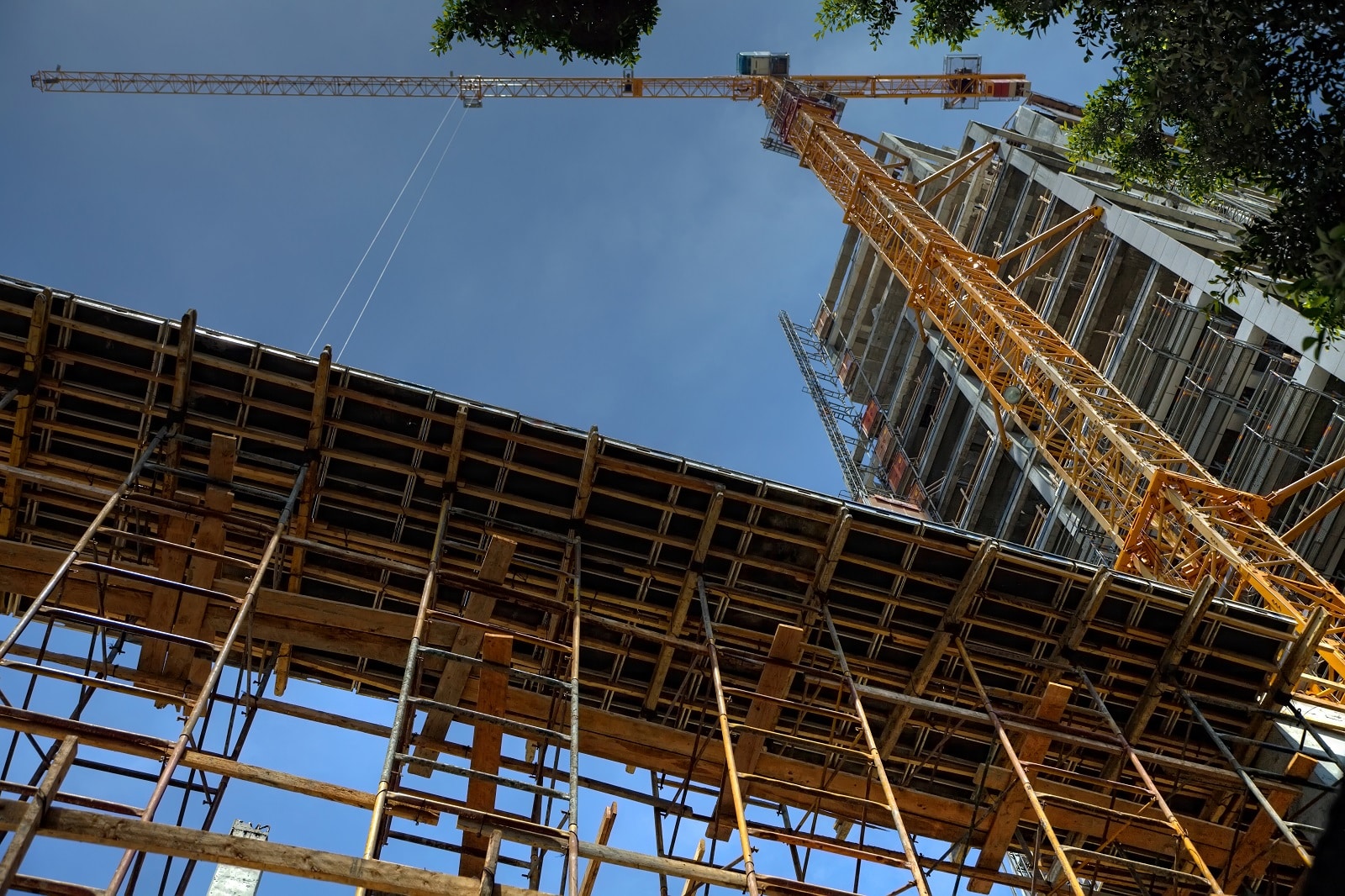
The solution to high housing costs and the popularity of STRs lies in facilitating more housing and hotel construction. This approach involves removing bureaucratic barriers to all forms of housing construction.
Lessons from States with Light-Touch Density Legislation
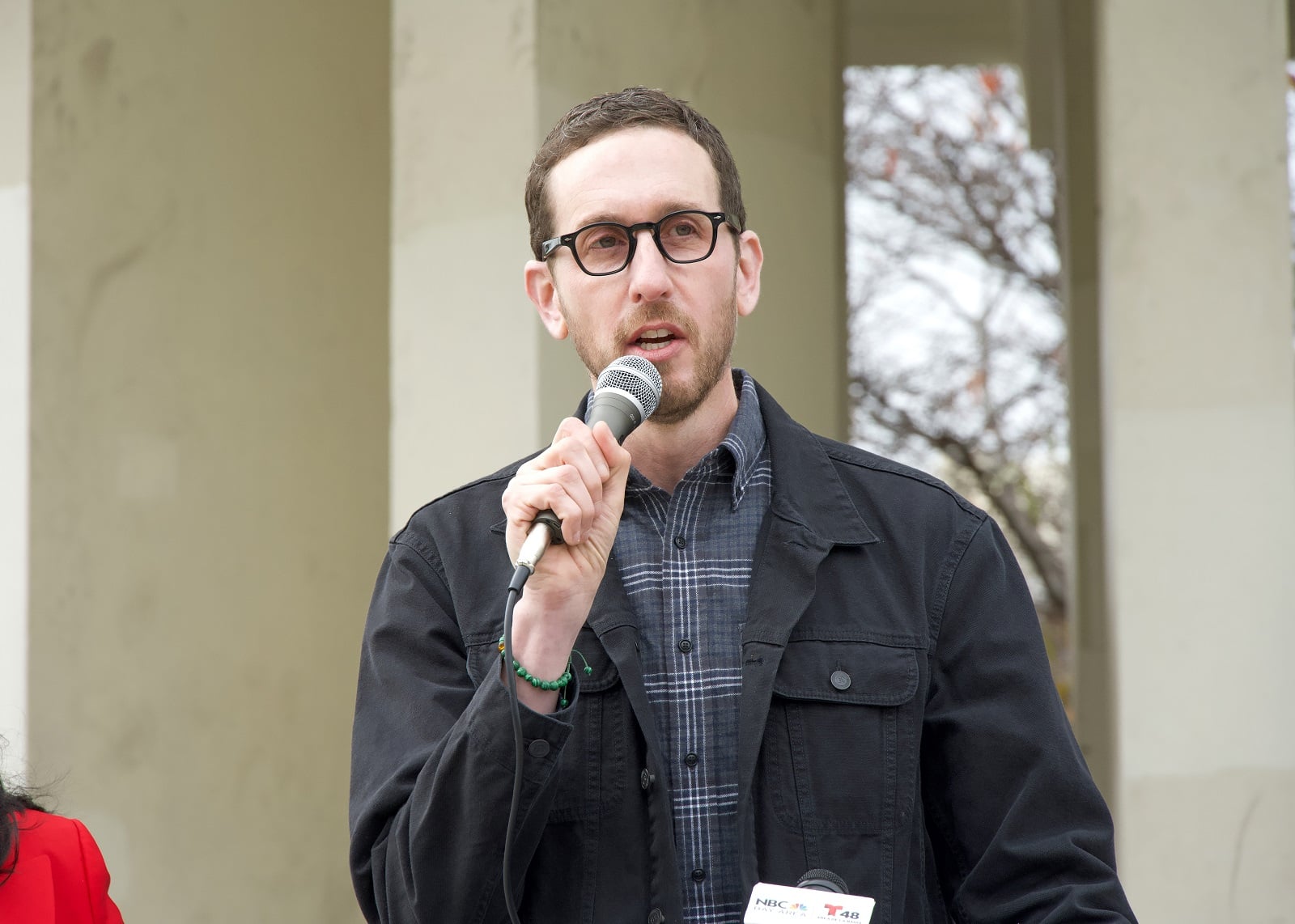
States like California, Washington, Montana, and Oregon, which have passed light-touch density legislation, illustrate the potential benefits of deregulating land use.
Upon passing a bill creating a voluntary, streamlined process for cities to zone for missing middle multi-unit housing, California State Senator Scott Wiener noted, “Severe housing shortage requires many strategies, and making it easier and faster for cities to zone for multi-unit housing is a critical piece of the puzzle.
Creating Opportunity for Private-sector Housing Construction

These initiatives can open up opportunities for more private-sector housing construction. This approach will address the core issue of supply scarcity that drives both housing costs and the STR market.
More From Frugal to Free…
U.S. Budget Breakthrough: A Huge Step Forward Amidst Looming Shutdown Threat
Will Easing Inflation in America Continue?
The post Housing: Is Airbnb to Blame for Skyrocketing Rental Rates? first appeared on From Frugal to Free.
Featured Image Credit: Shutterstock / Daniel Krason. The people shown in the images are for illustrative purposes only, not the actual people featured in the story.
The content of this article is for informational purposes only and does not constitute or replace professional financial advice.
